English
Awa Ningyo Joruri: How Tokushima is Keeping Japan’s Traditional Art of Puppetry Alive

Puppeteer Martin Holman takes my left hand and guides it under the doll’s long, decorated robe. He explains where to grip and how to find the little wooden lever that will bring the ningyo (puppet) to life with blinking eyes. He also demonstrates how to fold the tiny hands into a delicate gesture, one that looks so realistic I’m in awe of the craftsmanship.
“You might have to give up your day job and take up puppeteering,” he jokes. I chuckle, flattered at the suggestion I might have an instant knack for this ancient art. Although I’m not sure I have the patience (or the upper arm strength) to hold this little lady in the air for a solid 45 minutes. Especially considering how slowly one needs to move in order to properly and effectively express the puppets’ emotions.
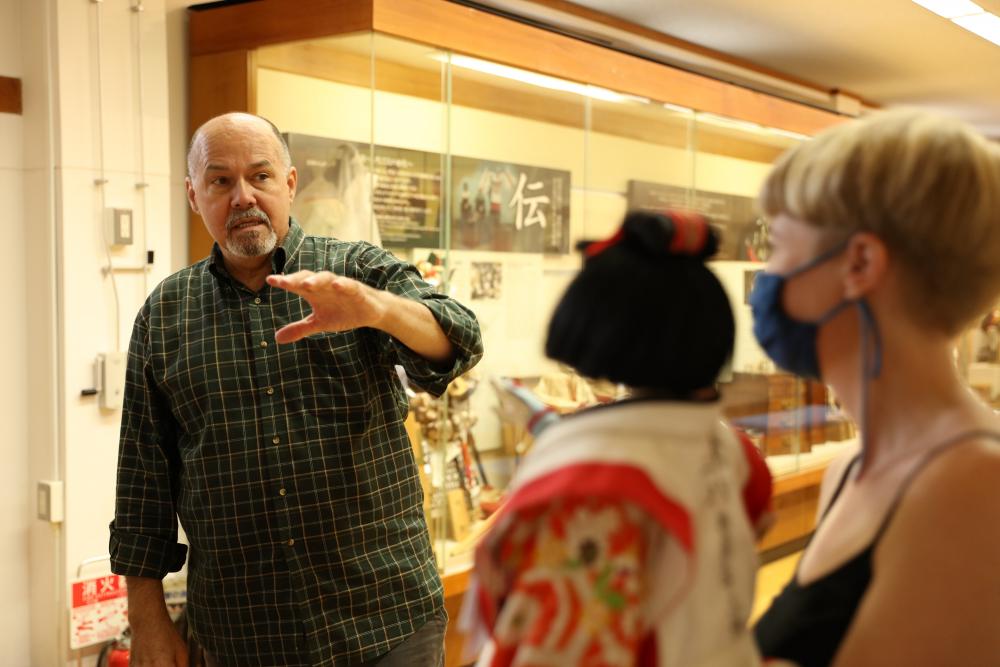
“It takes three people to control one puppet, so it’s difficult to work together,” says Kenji Satou, the director at Awa Jurobe Yashiki, which is where we’re visiting to learn more about the history and present-day version of Ningyo Joruri (the Japanese puppet show).
“That’s why we move slowly. Japanese prefer elegance to speed.”
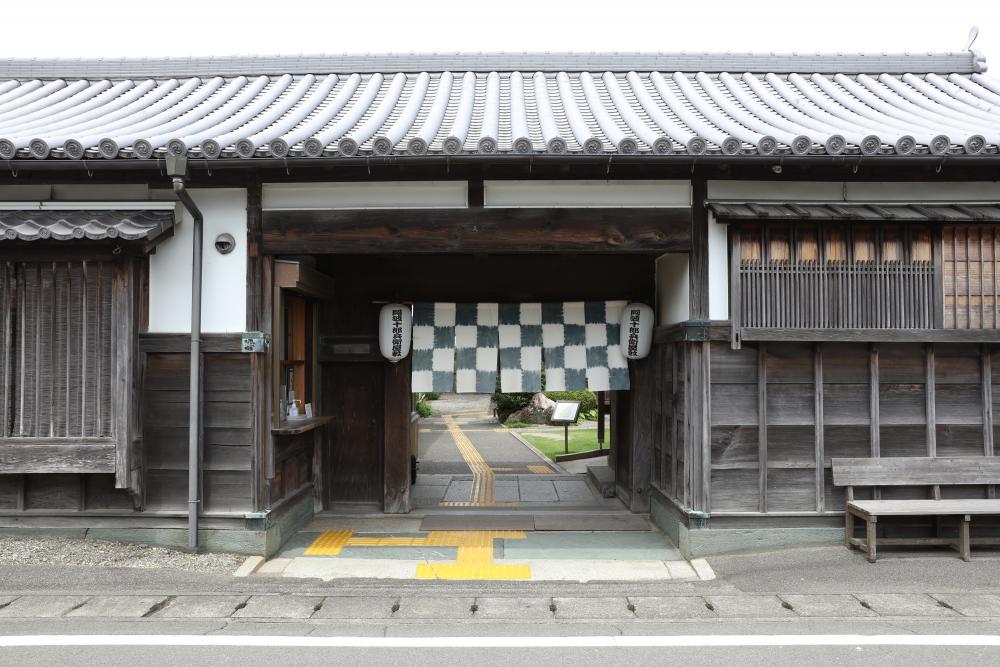
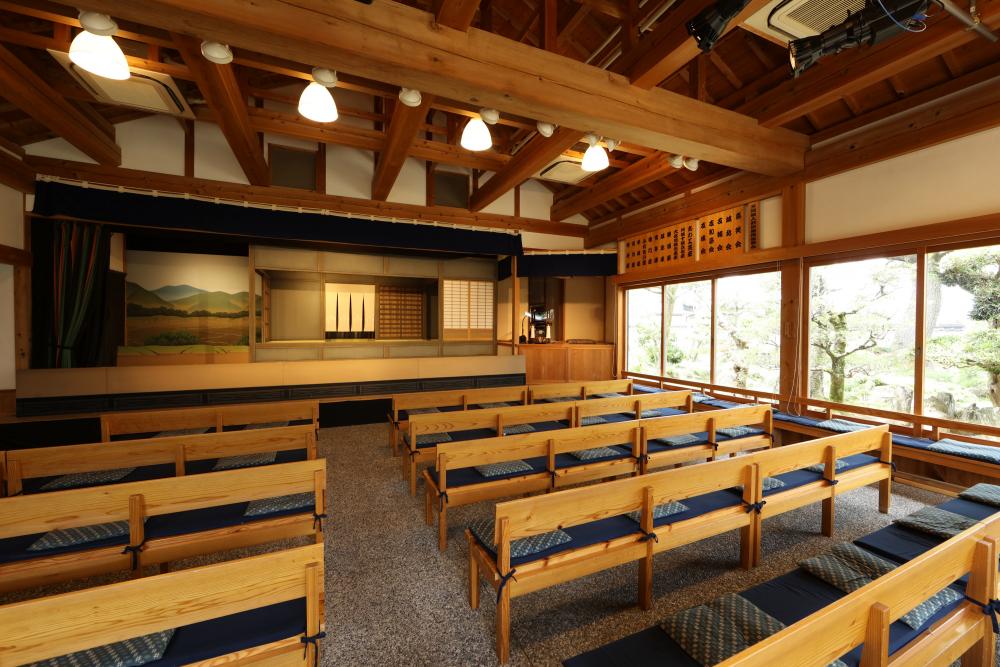
For anyone who’s interested in learning more about this 400-year-old art, this welcoming theater and museum in East Tokushima is a must-visit. Founded in 1954 and designated as a national important intangible folk-culture asset, the theatre puts on two daily performances (11am and 2pm) with additional shows during obon (August 12-15).
Although it is traditional in style, the theatre is clearly making an effort to move with the times. “We’ve even started making puppet heads using 3D printing technology,” says Satou.
To view some of the older puppet heads from the Meiji and Taisho eras, take a tour around the small exhibition room, which is adjacent to the theatre. Here, you can browse rare doll heads (such as the princess who transforms into a demon) and learn about how Ningyo Joruri got its start in the Edo era.
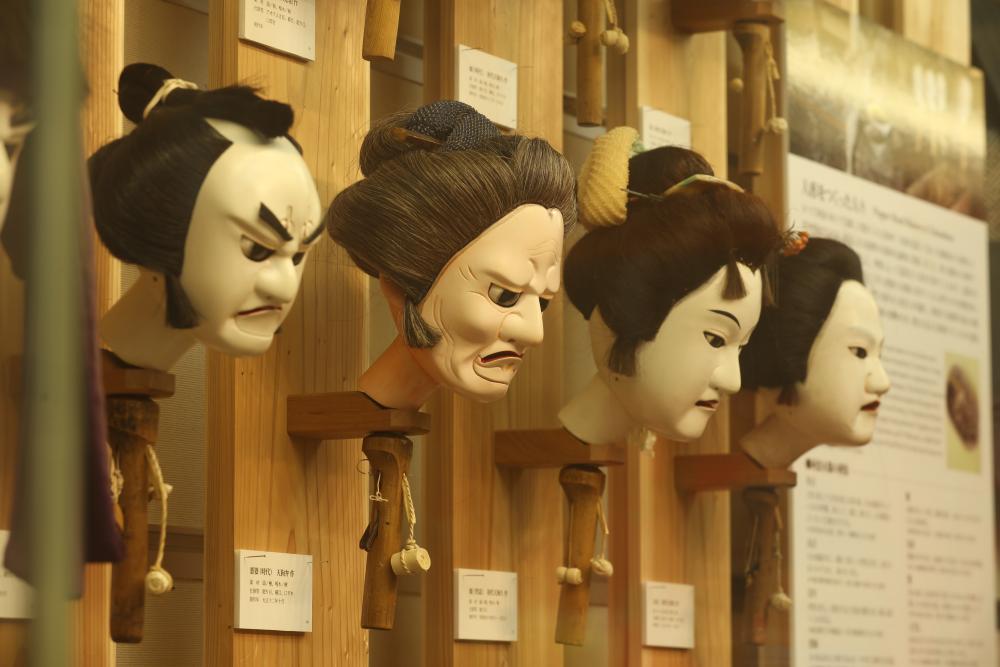
Track the development of the art, from its beginning on the neighboring island of Awajishima (which back then belonged to Tokushima) to its relevance to modern-day culture – there are still an impressive 40 puppet troupes (and 50 craftsmen) still on Awajishima, and 70 troupes (30 craftsmen) in Tokushima.
Since Tokushima is doing such a stellar job in keeping the art alive, does that mean there are modern plays coming out of the prefecture, too? I pose the question and Holman, a retired professor of Japanese language and culture who has been immersed in the world of Japanese puppeteering for three decades, offers his take on the status quo.
“Some people write new plays, and the National Theatre in Tokyo has done Shakespeare,” he says. “However, there is some resistance to change from those who believe we should stick to traditional plays. But I always say, part of the tradition is innovation.” To demonstrate his point, he gestures towards the oldest puppets on
display, commenting on how different they look to the newer, three-person puppets in the far corner of the room.
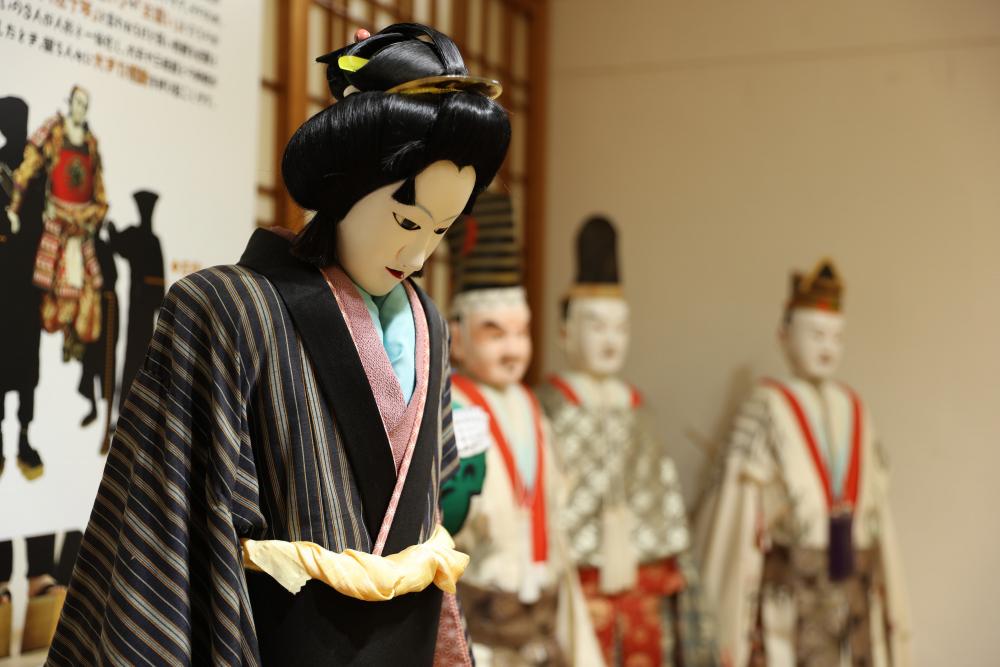
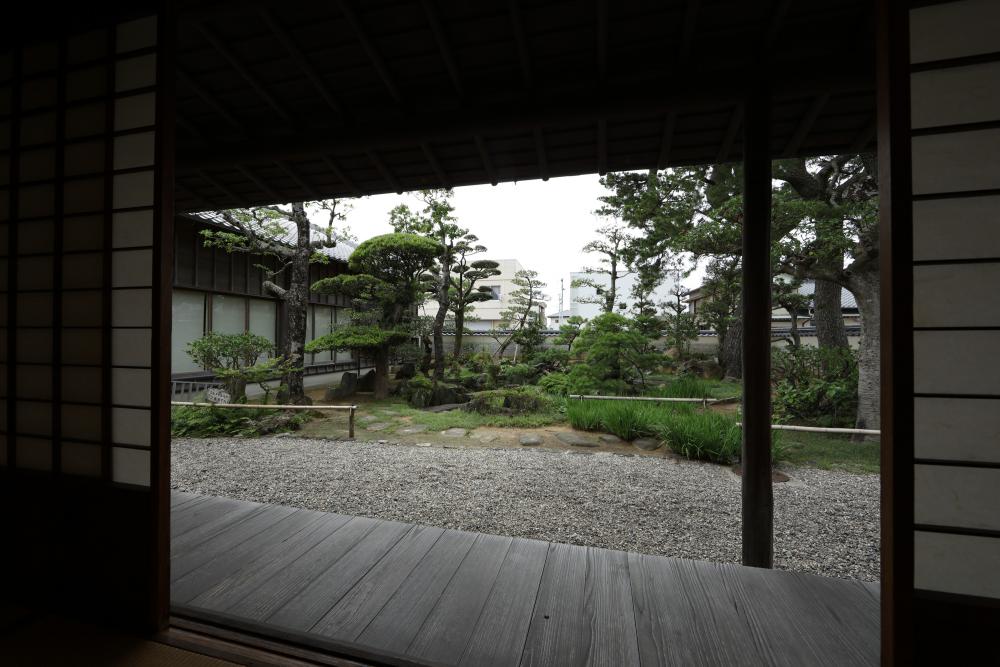
As we move outdoors to enjoy a quick stroll around the small but beautifully landscaped Japanese garden (with a history that stretches back to the Edo era when this was the home of a famed indigo dyer), Holman tells me about his own troupe, Tokubeiza. To keep their plays current, Holman says he enjoys adding humor and modern elements to their shows, for example he may insert a snippet of recent local news or a reference to a venue such as Seven Eleven convenience stores. Their signature original play, however, is the “Lion Dance,” which he reveals is the only puppet version of this traditional performance.
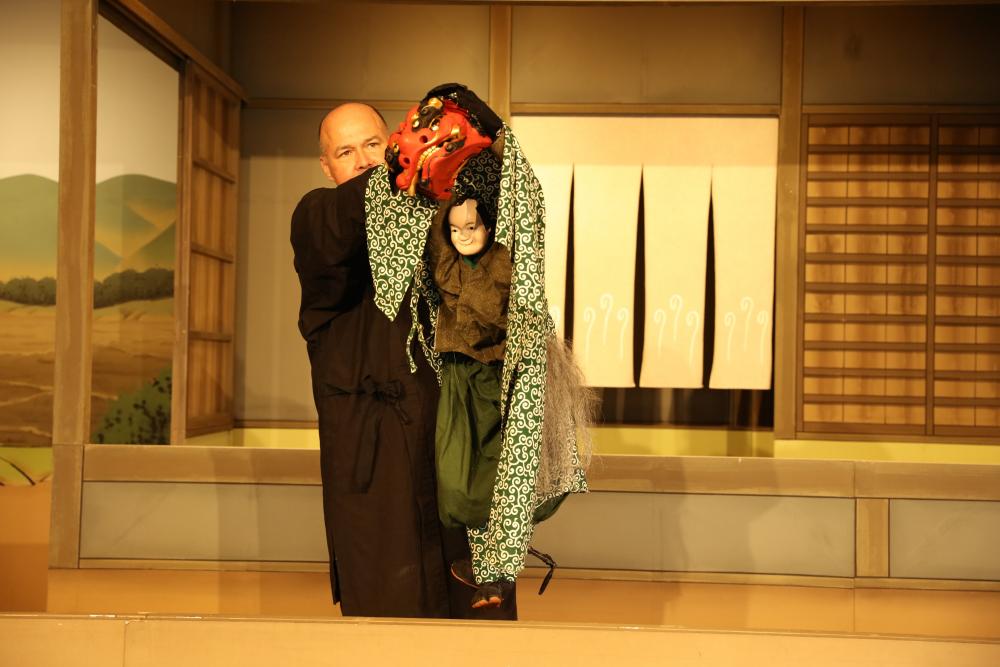
Finally, we take a peek at one of the tatami-mat rooms just next to the garden. Here, Awa Jurobe Yashiki hosts workshops during which you can carve your very own puppet head (or just watch others at work if you aren’t in town for that long). You can also opt to experience other kinds of Japanese cultural activities such as ikebana (Japanese flower arranging) and making fans.
Having spent a good part of our morning chatting to Satou and, now, seeing the additional elements he’s added to the theater’s offerings, it’s clear he is dedicated to preserving and promoting all kinds of Japanese traditions, beyond Ningyo Joruri. As such, a stopover here is a truly enriching experience – whether you’re here for the puppets or just a dose of authentic Japanese culture.
Tokushima Prefectural Awa Jurobe Yashiki
Where: 184 Miyajima Motoura, Kawauchi-cho, Tokushima City, Tokushima Prefecture
More info: http://joruri.info/jurobe/
Note: During Covid-19 the daily performances have been reduced to weekends only
